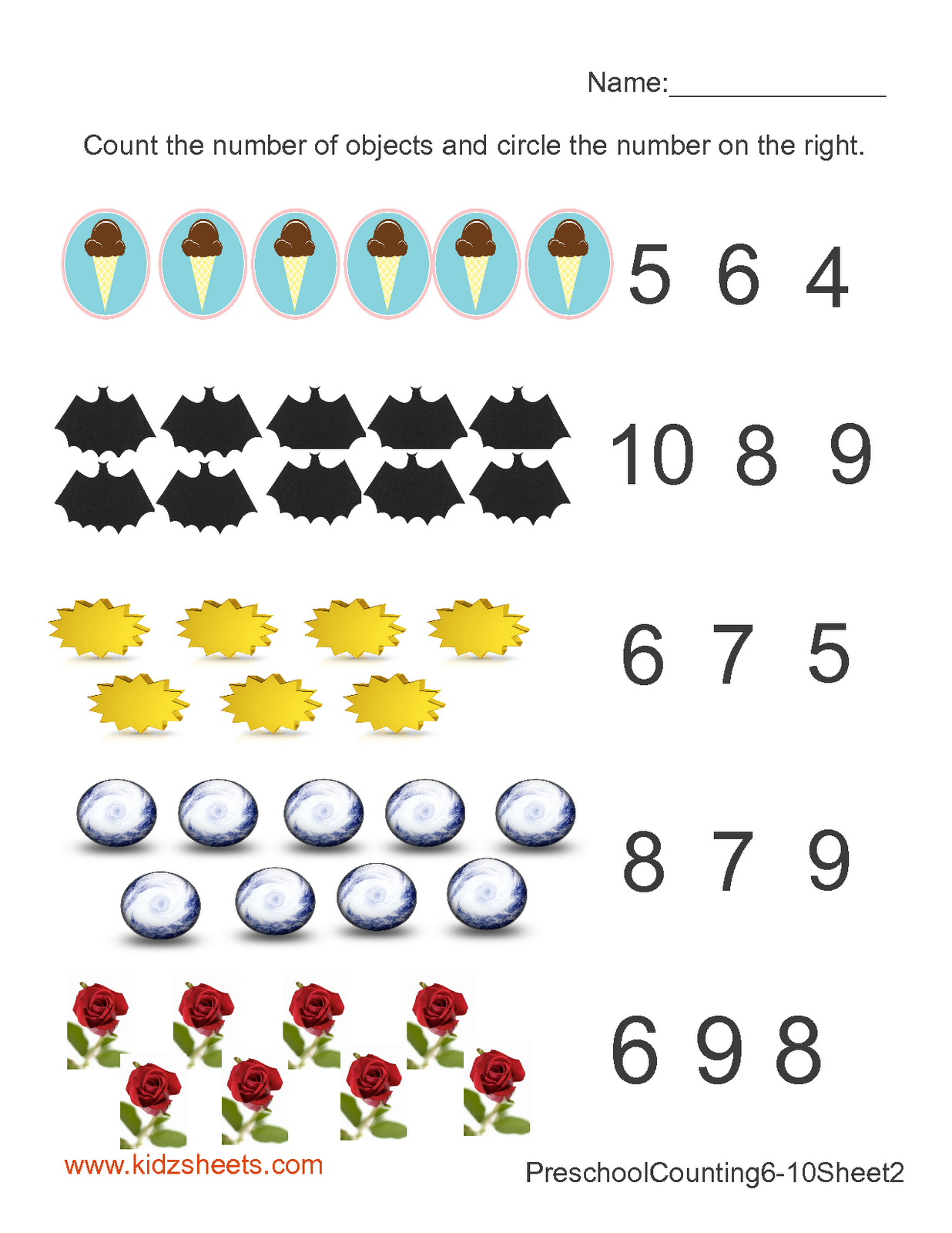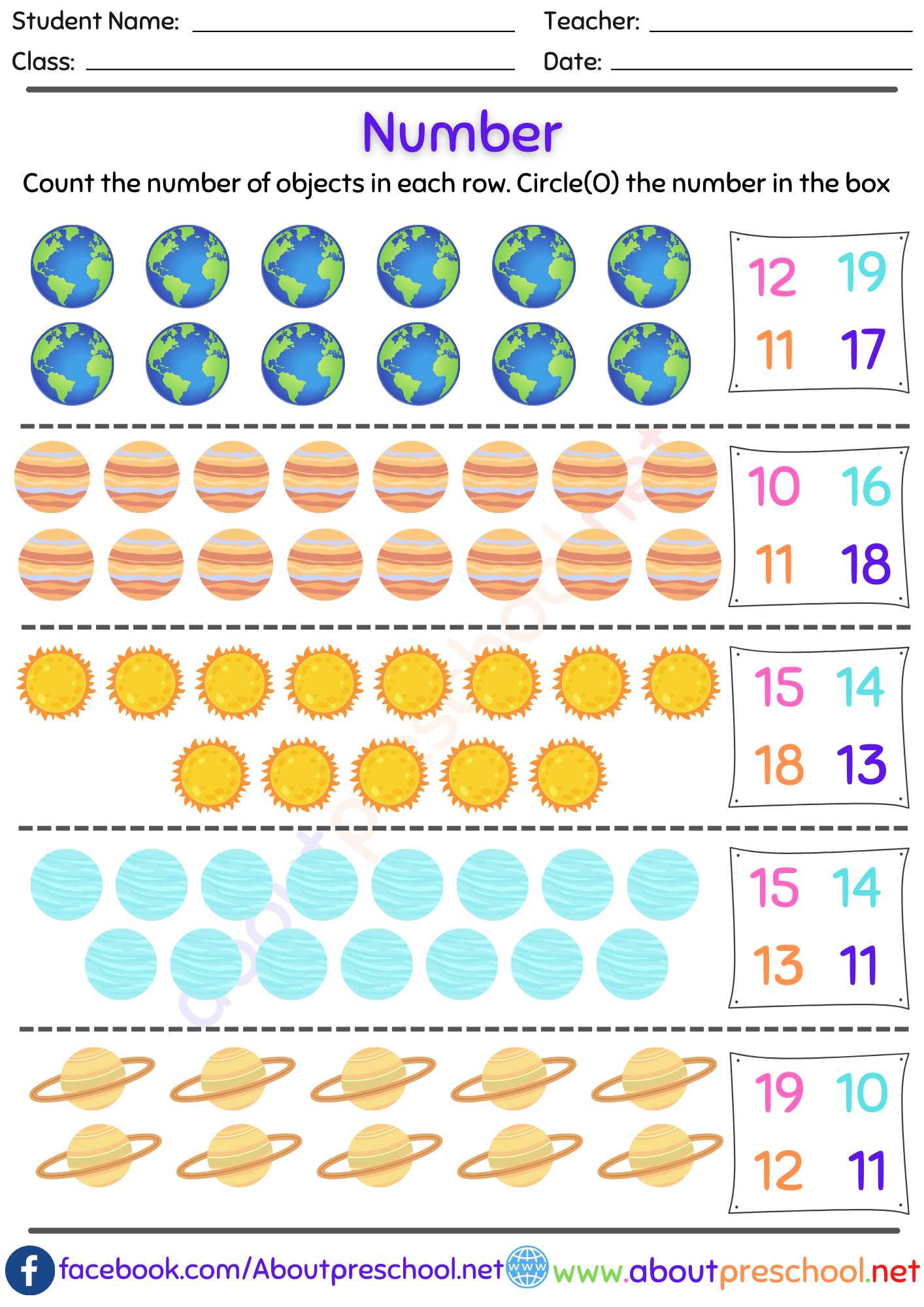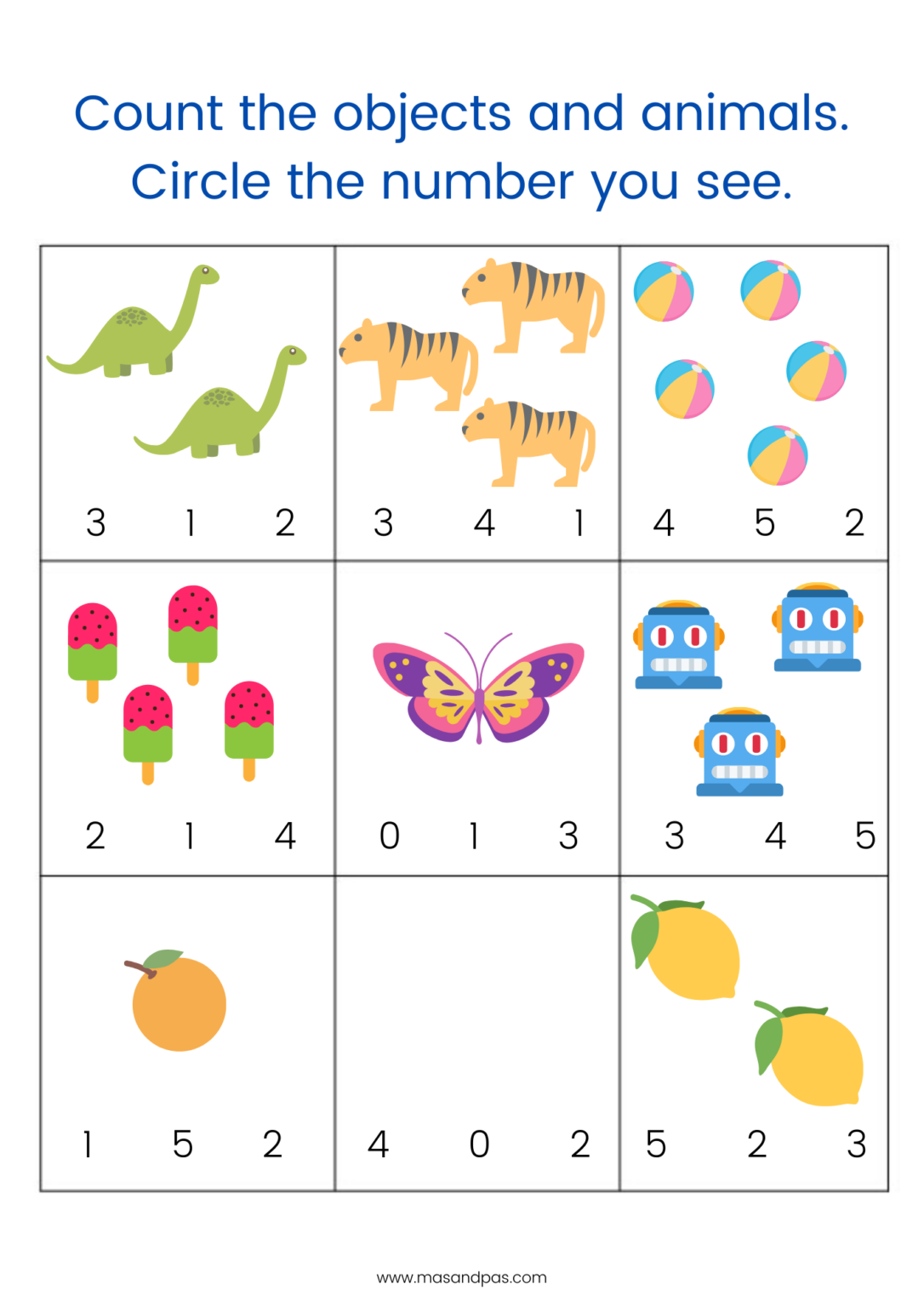Mastering Counting In Irish: Your Guide To Gaelic Numbers
Have you ever stopped to think about how truly special languages are, and how they shape the way we see the world? When it comes to something as basic as counting, you might think it's the same everywhere, but that's just not the case. Learning to count in Irish, or Gaeilge, offers a rather unique peek into the language's long and interesting past, and it's a journey that's quite rewarding, too.
The Irish counting system, you see, isn't just about saying numbers in order, which is what counting often means in math. It actually presents a distinct way of putting numbers together and using them, reflecting, in a way, the language's deep historical roots. It’s a bit different from what many English speakers are used to, so it’s definitely something worth exploring.
This article will help you get a handle on the Irish number system. We'll explore how to count from one to twenty, learn how to count various items or objects, figure out how to count in tens, and even tackle the specific way you count people. You'll also discover some helpful words and phrases, and find out about resources that can really make your learning fun.
Table of Contents
- Why Counting in Irish is a Special Skill
- The Basics: Counting from 1 to 20 in Irish
- Counting Objects and Things (Aon, Dhá, Trí...)
- Counting People in Irish: A Unique Approach
- Beyond the Basics: Tens, Hundreds, and More
- Helpful Resources for Your Irish Counting Journey
Why Counting in Irish is a Special Skill
You might think counting is just counting, right? But in Irish, it's actually a little more involved, which is quite interesting. The language uses special words, sometimes called “uimhreacha,” for numbers. It's not really easy at first glance, because there are, in fact, three distinct ways we count, depending on what we're talking about.
This unique way of handling numbers really shows off the language's rich past. It’s a system that has grown over time, and it gives us a different way of looking at how numbers are put together and used. So, when you're learning to count in Irish, you're not just memorizing words; you're also getting a feel for a truly historic linguistic structure, which is pretty cool.
For instance, there's a way to count abstractly, like when you're just saying numbers in order, perhaps on your fingers. Then, there's a different way to count actual items, like books or apples. And finally, there's a very specific way to count people, which, as a matter of fact, is one of the more talked-about quirks of the system. Understanding these different ways is key to really mastering counting in Irish.
The Basics: Counting from 1 to 20 in Irish
The very first step to getting comfortable with counting in Irish is learning the numbers from one to twenty. This foundational bit is where everyone starts, and it's a good idea to focus on how they sound. You'll want to listen and repeat after native speakers or good learning materials, as that really helps with getting the pronunciation just right.
It's worth noting that when you're counting in Irish, the spellings and even the sounds of the numbers can sometimes shift a little. This happens depending on how they're used in a sentence or what they're counting, which, you know, adds a bit of flavor to the language. But don't worry too much about that right away; just focus on the core numbers first.
Numbers 1 to 10 (Abstract Counting)
These are the numbers you'd use when you're simply counting in order, or perhaps just saying numbers out loud, like when you're counting off. They are known as cardinal numbers, which really just means they tell you "how many."
- 1: a haon (pronounced: ah HEEN)
- 2: a dó (pronounced: ah DOH)
- 3: a trí (pronounced: ah TREE)
- 4: a ceathair (pronounced: ah KYA-hir)
- 5: a cúig (pronounced: ah KOO-ig)
- 6: a sé (pronounced: ah SHAY)
- 7: a seacht (pronounced: ah SHAKHT)
- 8: a hocht (pronounced: ah HOKHT)
- 9: a naoi (pronounced: ah NEE)
- 10: a deich (pronounced: ah DEH)
Practicing these often, perhaps by listening to a video and repeating, can make a big difference. Many learners find it helpful to just say them over and over, you know, to get the rhythm and sounds down.
Numbers 11 to 20 (Abstract Counting)
Moving beyond ten, the pattern for eleven through nineteen is fairly consistent, building on the word for ten, which is "deich." It's almost like saying "one and ten," "two and ten," and so on.
- 11: a haon déag (pronounced: ah HEEN JAYG) - "one and ten"
- 12: a dó dhéag (pronounced: ah DOH YAYG) - "two and ten"
- 13: a trí déag (pronounced: ah TREE JAYG)
- 14: a ceathair déag (pronounced: ah KYA-hir JAYG)
- 15: a cúig déag (pronounced: ah KOO-ig JAYG)
- 16: a sé déag (pronounced: ah SHAY JAYG)
- 17: a seacht déag (pronounced: ah SHAKHT JAYG)
- 18: a hocht déag (pronounced: ah HOKHT JAYG)
- 19: a naoi déag (pronounced: ah NEE JAYG)
- 20: fiche (pronounced: FIH-kheh) - This one is a new word entirely, which is quite typical for numbers in many languages.
Getting these down really helps build a solid foundation. You can try counting simple things around your house, just to practice saying the numbers in order. It’s a very practical way to get used to them.
Counting Objects and Things (Aon, Dhá, Trí...)
Now, here's where Irish counting gets a little bit distinct. When you're counting actual items or objects, the numbers often change their form slightly. These are called "counting numbers" or "enumerative numbers." They're used when you're saying "one book," "two apples," and so on.
For example, if you're counting on your fingers, or perhaps numbering things like train platforms, you'll often add an "a" in front of the number. This little "a" acts as a kind of counter word. So, instead of just "dó" for two, you might hear "dhá" when it's followed by a noun.
Here are some examples of how numbers change when counting objects:
- 1: aon (pronounced: EEN) - e.g., aon leabhar (one book)
- 2: dhá (pronounced: GHAW) - e.g., dhá leabhar (two books)
- 3: trí (pronounced: TREE) - e.g., trí leabhar (three books)
- 4: ceithre (pronounced: KEH-hra) - e.g., ceithre leabhar (four books)
- 5: cúig (pronounced: KOO-ig) - e.g., cúig leabhar (five books)
- 6: sé (pronounced: SHAY) - e.g., sé leabhar (six books)
- 7: seacht (pronounced: SHAKHT) - e.g., seacht leabhar (seven books)
- 8: ocht (pronounced: OKHT) - e.g., ocht leabhar (eight books)
- 9: naoi (pronounced: NEE) - e.g., naoi leabhar (nine books)
- 10: deich (pronounced: DEH) - e.g., deich leabhar (ten books)
Notice how "a haon" becomes "aon," and "a dó" becomes "dhá." This is a pretty common pattern for the first few numbers, which, you know, can take a little getting used to. You could try counting everyday items around your house, like "aon chupán" (one cup) or "dhá phláta" (two plates), just to get the feel of it.
Counting People in Irish: A Unique Approach
Counting people in Irish is, arguably, one of the most interesting parts of the number system, and it's fairly straightforward once you get the hang of it. But there are, in fact, two really important things to keep in mind, which are pretty unique to Irish.
First, the question "how many people...?" usually keeps the word for "people" in the singular in Irish. So, we use "duine" (person), not a plural form. This is quite different from English, where we'd say "how many people are there?"
Second, Irish uses a completely separate set of numbers just for counting people. These are often called "personal numbers." They're not the same as the abstract numbers or the numbers you use for objects. This means you have to learn another set of words, which, you know, adds another layer to the process.
Here are the personal numbers for counting people:
- 1 person: duine amháin (pronounced: DIN-eh ah-WAWN)
- 2 people: beirt (pronounced: BERT)
- 3 people: triúr (pronounced: TREW-er)
- 4 people: ceathrar (pronounced: KYAH-rahr)
- 5 people: cúigear (pronounced: KOO-ig-er)
- 6 people: seisear (pronounced: SHEH-sher)
- 7 people: seachtar (pronounced: SHAKH-tar)
- 8 people: ochtar (pronounced: OKH-tar)
- 9 people: naonúr (pronounced: NAY-noor)
- 10 people: deichniúr (pronounced: DEH-nyoor)
So, if you wanted to say "there are two people," you would use "Tá beirt ann." This system really highlights the language's unique structure. It's a bit of a curveball for many learners, but it's also a fascinating part of Irish grammar. Many videos can show you how to count people in Irish, which can be a great way to hear these numbers spoken naturally.
Beyond the Basics: Tens, Hundreds, and More
Once you're comfortable with counting to twenty and the different ways to count objects and people, you can start looking at larger numbers. The Irish number system, you see, continues with patterns for counting in tens, hundreds, and even up to a thousand and beyond. It’s a bit like building blocks, where you combine the smaller numbers you've already learned.
For instance, counting in tens involves specific words for thirty, forty, and so on. While the full list is extensive, understanding the pattern is the most important part. You might find tables that show number names up to 100, and even beyond to 1,000, which can be very helpful visual guides.
Additionally, the text mentions "ordinal numbers as Gaeilge." Ordinal numbers are those that tell you the order of things, like "first," "second," "third," and so on. These also have their own forms in Irish, adding another layer to your counting abilities. It’s a progression that allows you to express more complex numerical ideas, which is pretty neat.
Helpful Resources for Your Irish Counting Journey
Learning to count in Irish can be a really fun adventure, and there are many tools available to help you along the way. For beginners, trying out counting bugs or finding bugs with kindergarten worksheets can be a simple, playful start. These activities often make learning numbers quite engaging, especially for younger learners.
Many online communities and resources offer quick reference sheets for using numbers and counting in the Irish language. These "cheat sheets" can be incredibly handy for a quick check when you're unsure. They often include pronunciation guides and explanations of counting rules, making it easier to grasp how to use numbers correctly.
For visual learners, watching videos is a fantastic way to pick up the language. There are many learner videos available that teach simple Irish phrases, including how to count from one to ten. These videos often encourage you to listen and repeat, which is a great way to practice your pronunciation and get comfortable with the sounds. You can learn more about Irish language basics on our site, which might help with your counting, too.
Some resources even offer math games to practice every skill, including counting. These games can make learning feel less like a chore and more like a fun challenge. You can also find materials that specifically teach you how to count people and things in Irish, helping you to understand the structure of Gaelic numbers and master Irish counting with ease. For more video content, you can check out our dedicated video page, which has many helpful lessons.
Frequently Asked Questions About Counting in Irish
Why is counting in Irish considered tricky?
Counting in Irish is often seen as a bit tricky because, unlike many languages, it uses three different sets of numbers depending on what you're counting. There's one way to count abstractly (just saying numbers), another way for counting objects or things, and a totally separate set of words for counting people. This means you have more to remember, which, you know, can take a little extra effort.
How do you count people specifically in Irish?
When counting people in Irish, you use a special set of numbers called "personal numbers." For instance, instead of using the general word for "two," you'd use "beirt" for two people. Also, the word for "person," "duine," usually stays in its singular form even when you're asking "how many people?" This is a key difference from English, and it's something to remember.
Where can I find resources to practice counting in Irish?
There are many great resources available! You can find free "cheat sheets" online that provide quick references for numbers and rules. Many websites and online communities offer videos of simple Irish phrases, including counting lessons, which are great for practicing pronunciation. Also, look for interactive math games or even kindergarten-style worksheets that focus on counting, as these can make learning quite enjoyable. For example, you could check out Bitesize Irish for their cheat sheet, which is a really helpful tool.
Learning to count in Irish truly opens up a deeper appreciation for the language's unique character. It's a skill that, while it might seem a bit different at first, is very rewarding to master. By understanding the various ways numbers are used – whether counting abstractly, counting objects, or counting people – you're really getting to grips with a fundamental part of Gaeilge. So, just keep practicing, and you'll find yourself counting like a native speaker in no time.

Counting Activities For Kindergarten - Kindergarten

Counting Numbers For Kids 1 100

Count and Write Worksheets - Numbers 1-5 | Mas & Pas